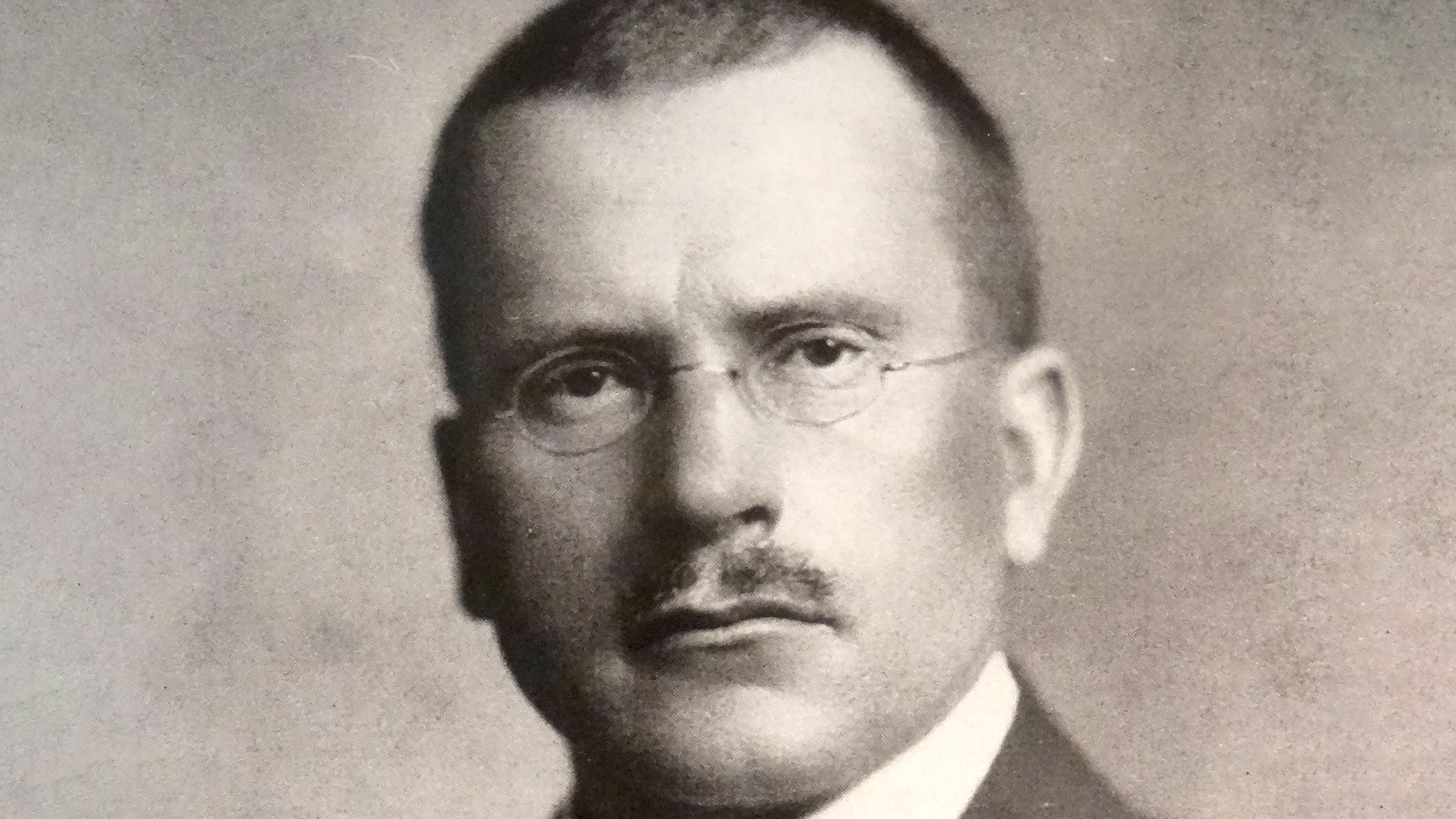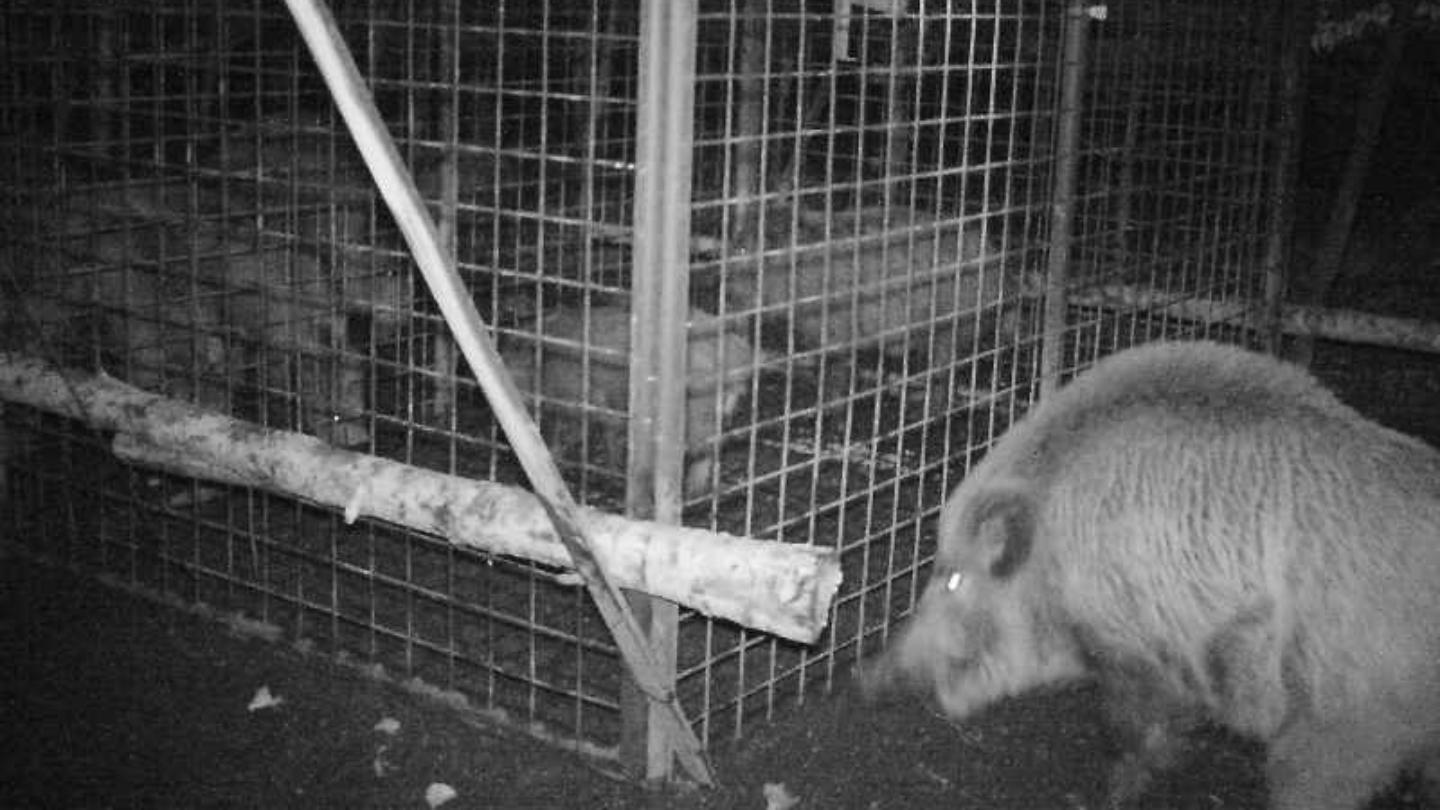The mystery of genius

Call it Jurassic Park for geniuses. Rather than extracting DNA from amber in order to reproduce dinosaurs, these researchers are attempting to extract DNA from paintings, notebooks, or the artist’s physical remains in order to reproduce the genius of Leonardo da Vinci.
It’s called the Leonardo Project. From humble beginnings in Tuscany, Leonardo rose to exceptional heights of achievement and insight across multiple disciplines at once. His prodigious artistic and intellectual creativity are legendary; notebook after notebook overflows with sketches and studies, designs and inventions decades or centuries ahead of their time. So if you want to unravel the secrets of genius, Leonardo is a promising place to start. The project hopes to have a fully sequenced genome by 2019, the 500th anniversary of his death.
As the National Geographic series on “Genius” makes clear, however, it is only one of many ways in which scientists and scholars study genius.
The questions they ask are fundamental. The capacity of the human mind to imagine, to create, to synthesize information in new ways, to perceive new solutions where none had been seen before, is fundamental to the human story. Why is it that some human minds remain forever embedded in their customary, inherited ways of understanding the world when others rise above the rest to write War and Peace, develop the theory of relativity, cure diseases, and develop technologies that transform the world? Why do some minds proceed along a normal developmental path, while others are like Terence Tao, who scored a 760 SAT score in mathematics when he was 7 years old?
What exactly is genius, anyway? To what extent is it genetically encoded, and to what extent is it cultivated through families, education, and social stimuli? Are there ways in which we can – and should – encourage the development of genius?
The post The Mystery of Genius appeared first on ORBITER.





